What once was Oregon’s tallest mountain, Mount Mazama, is now the deepest lake in the United States and Oregon’s only national park. Crater Lake National Park is a must see in any season! The National Park Service offers free ranger-guided snowshoe trips during the winter season. It’s open to anyone eight years old and older. The only things you need to do are register by calling the visitor center at 541.594.3100 and pay the park entrance fee. The trips last about two hours, cover 1 to 2 miles, and start near the Rim Village and Crater Lake Lodge.
Crater Lake is a different environment in the winter time. It receives on average 43 feet of snow per year! That snow covers the landscapes and makes everything seem peaceful and quiet. Views of the lake are especially nice with fewer crowds. On a clear day you can see Mount Thielsen in the distance. But be aware that the weather can change quickly.
The plants and animals have adapted to the high elevation and snowy conditions in many ways. If you’re lucky, you may find tracks in the snow left from some of the winter inhabitants like snowshoe hares or martens. Don’t worry about black bears though; they hibernate during the winter and are pretty elusive, even during the summer. Some of the trees are flexible enough to bend under the weight of the massive amount of snow and bounce back in the spring melt.
The lake itself acts differently in the winter time because of the cold temperatures and harsh weather. The waters of Crater Lake are always cold, with an average temperature of 39 degrees. In the winter, the strong winds that blow across the water’s surface help to create upwelling and move nutrients around.
A ranger-guided snowshoeing is just one way to enjoy this natural beauty during the winter. Experienceing the uniqueness of this area is a must!
Note: Only the parks west and south entrances are open in the winter. The north entrance road (off of Highway 138) and the 30-mile rim drive around the lake are closed to cars due to deep snow from late fall to early spring.


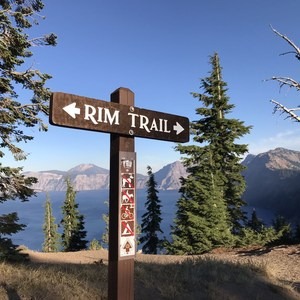

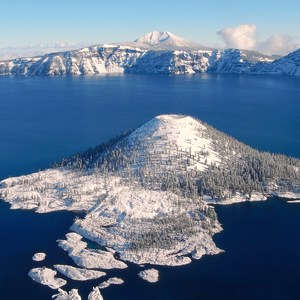
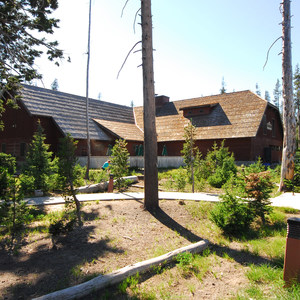
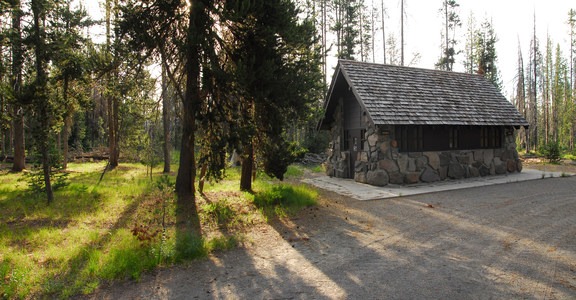
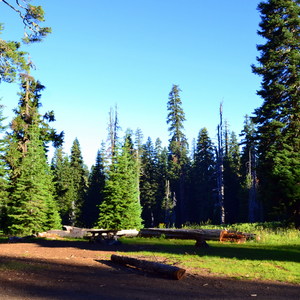



Comments
Sign In and share them.